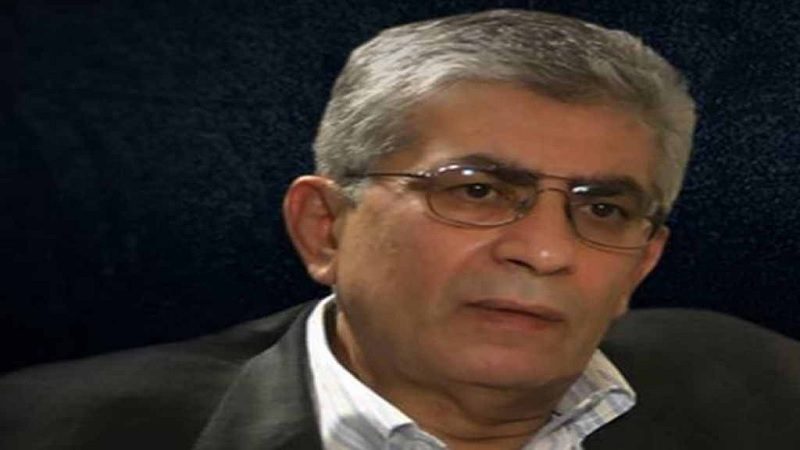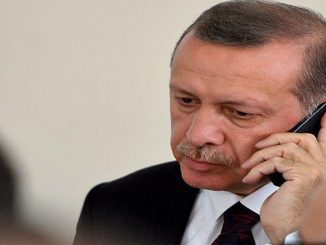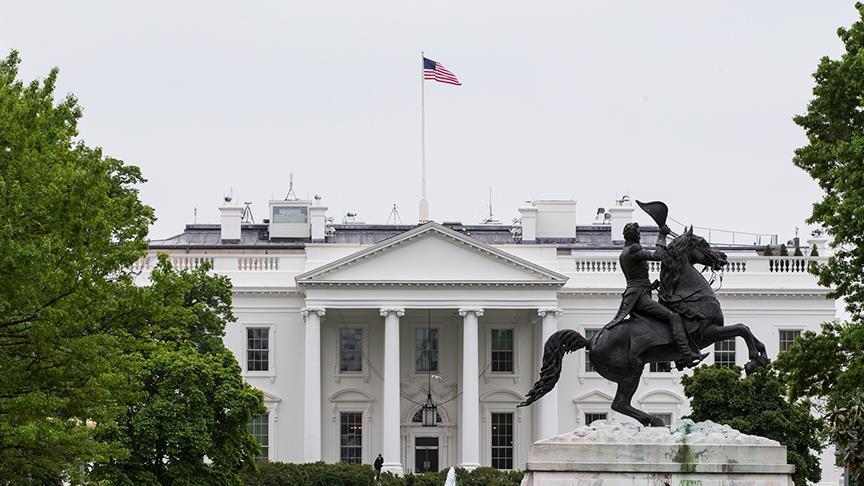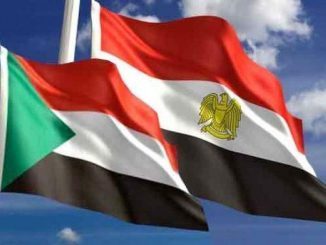
By: Dr. Basheer Mousa Nafi*
– While the Turkish Prime Minister and other senior leaders of the armed forces were standing, according to tradition, in front of the tomb of the founder of the Republic last Thursday morning before the start of the annual meeting of the Turkish Supreme Military Shura Council for discussing the retirement and promotion of senior armed forces officers, Binali Yildirim said aloud -intending to be recorded by the media- that the people have won the second war of independence.
Yildirim is not considered one of the most eloquent leaders of the ruling Justice and Development Party (AK); he is a prime minister that came from a naval engineering background, and is known for his practical and executive orientation, which makes his statement closer to well-thought words rather than instantaneous ones. Because Yildirim’s reference to the objective equation between the defeat of the big coup attempt, experienced by Turkey on the evening of July 15, and the War of Independence was not the first to be expressed by Turkish leaders, his words are likely embedding a foundational narrative for the birth of a new Turkish Republic.
The Ottoman independence war (because Turkey was not born at the time) led by Mustafa Kemal and a number of Ottoman officers broke out in 1919 against foreign occupations that were imposed on the remaining territories of the Sultanate, after Istanbul signed the Mudros degrading truce at the end of the World War I. The War of Independence ended with victory after three years. But the war, which was not limited to defeating the foreign occupations only, also included an internal struggle between the Grand National Council and the leadership of the resistance in Ankara, on one hand, and the supporters of the government of Istanbul, under the occupation, on the other hand. It was no surprise, therefore, that the war turned into a huge melting pot for the birth of a new nation, a new legitimacy of the state, a new identity of the state and its people, and a foundational narrative of this state.
This state, which became the Turkish Republic, was founded on the ruins of the Ottoman Sultanate and Caliphate together. Although it depended on most of the Sultanate’s military and civilian institutions and was considered, at least from the institutional point of view, an extension of it, the Republic quickly drew its own political meeting. With the mid-thirties, it seemed that the Republic of Turkey has completed the establishment of a new vision for itself and the world. Which state was the Kemalist Republic and which community did it want to make?
The Kemalist Republic was, at first, a national Turkish state, which totally ignored the ethnic and cultural pluralism of the Turkish people. The republic wanted to melt the people (composed of Turks, Kurds, Arabs, Circassians and other ethnic and cultural groups) completely. This was undertaken through the coercive and soft powers of the state together in a Turkish nationalism crucible, sometimes reaching the edge of chauvinism. The Republic was not founded -in an apparent reaction to the late crises of the Ottoman Empire- as a centralized state only, but the new state gradually grew as a strong control and domination institution. The new state dealt with its own people as young children that do not know their interests, what benefits them and what harms them.
The only reference to determine the interests and the point of civilization, progress and the values of justice is the state, which was managed by a political class minority governing through a single political party. Although the Turkish Republic, in its early years, depended on the Islamic identity in one of the elements of its definition of citizenship, however, the state quickly declared a relentless war on the role of Islam in the public sphere, not only in the areas of politics, legislation and patterns of sociology, but also on the pure symbolic level. The state did not close the mosques, and the Turks were not prevented from exercising their individual rituals, but the state subjected the religious institution completely to its control. They dissolved the Sufi groups, closed small mosques, placed restrictions on the Hajj, imposed announcement of Azan (prayers calling) in Turkish, reduced the number of scientists, and targeted the Turk’s link with the Islamic world.
With the end of the thirties, and shortly before the death of Mustafa Kemal, the leaders of the Republic realized the size of the failure of the system that they had established. They thought that controlled amount of political pluralism might help to alleviate the state and give way to the rise of Turkey. But the conditions of the World War II delayed the transition from the one-party rule to regulating political pluralism until 1945 and effectively until 1950. Since the Democratic Party, led by Menderes, won elections in 1950, Turkey began the epic of searching for a new identity for the state, different values for the relationship between the state and the people. In this long saga, Turkey has seen varying periods of restricted democracy and multi-party system, and four direct or indirect military coups, prior to the failed coup attempt of July 15.
In this thorny path, a lovable and popular Prime Minister (Menderes) was executed, tens of thousands were exposed to jail and disappointment, tens of thousands were killed in clashes, under torture or due to terrorist attacks, dozens of parties were dissolved, and dozens of newspapers were closed. This led some of the most prominent children of the country to despair, and Turkey has been exposed to something like a limited civil war since 1984.
Turgut Ozal’s administration led, from the mid-eighties and during the early nineties, a partial reform for the state and the economy and opened Turkey to the world. The efforts of Ozal, undoubtedly, had a significant impact on the community and led to an unprecedented expansion in the body of the middle class and the conservative bloc in this body. Ozal’s reforms, on the one hand, and the abject failures of the late nineties’ governments, on the other hand, brought the Justice and Development Party (AK) to power in 2002.
We cannot underestimate the volume of reforms that have been undertaken by the AK governments for the state, the governance, the relationship between the state and its people, the size of the enormous economic achievements, the deep and widespread social impact of these achievements, the changes adopted in the state’s political discourse, and their approach toward the Kurdish question. But the state of acute political polarization in the country, on the one hand, and the relative decline in Turkey’s strategic position, on the other hand, disrupted the march of these reforms during the past few years, especially after 2012.
The failed coup attempt reveals that these reforms were not enough. The AK era reinforced the power of the people, and the people’s determination to resist any attempt to undermine the democratic system and the rule of law, but it did not prevent the centers of power in state institutions from trying to drive the country backward.
Today, a historic window is wide open in front of Turkey for a comprehensive and deep reform process. There are efforts now underway in full swing to rebuild the state institutions, the armed forces, the Interior, and the judiciary. But this does not provide a sufficient answer to the questions on the state and governance in the Republic of Turkey. Turkey needs a redefinition of its identity, what is meant by the Turkish people, expanding freedoms, ensuring the human rights and dignity, and putting a definite end to the relationship of trust that binds the republican state with its people (in Turkey alone, perhaps, among the nations of the world the State each year determines the beginning of the season of the forced wearing of a necktie, and the beginning of season of leniency in wearing it).
Such a project requires reconsideration of the political system, the educational system, the nature of law and the structure of the judiciary, the culture of the security services and their tasks, and the rebuilding of a balance between the developmental policies of the state and its social responsibility. A new constitution, that is free from the fingerprints of the 1980 military regime, is also required. Above all, the new Turkey needs to redefine its role and position in the region and the world.
There is no need for a full break with the Kemalist state. Nations, anyway, do not rise with such attitude. What is necessary, today, is a re-enactment of the entire legacy of Turkey, at least since the reign of the Ottoman regulations, re-melting this legacy, and working on generating a new republic.
* Basheer Nafi is a writer, a historian, and a researcher in modern history, especially the Middle East and the Islamic History.
(Published in Arabi21, on Thursday, August 4, 2016, and translated for MEO)



